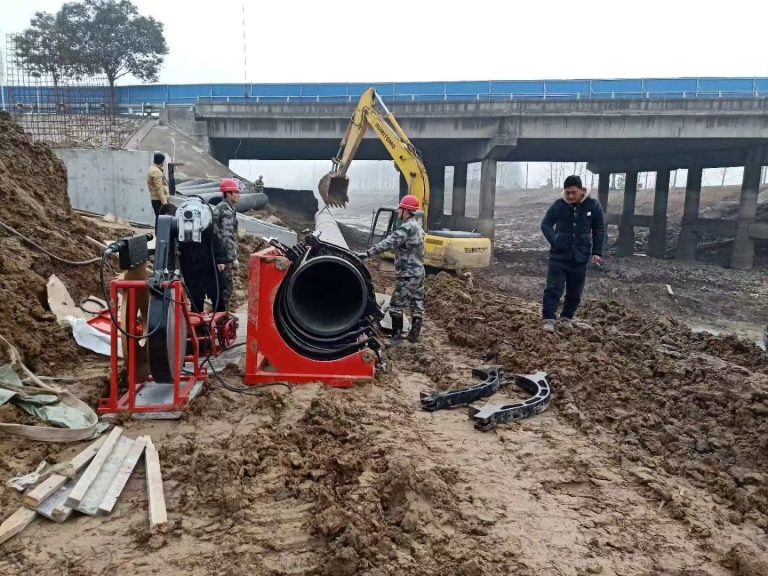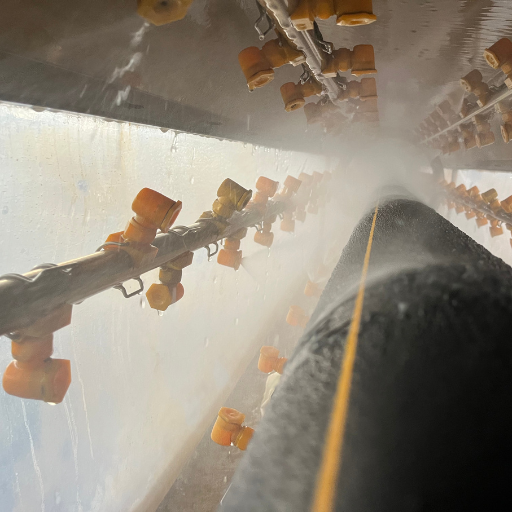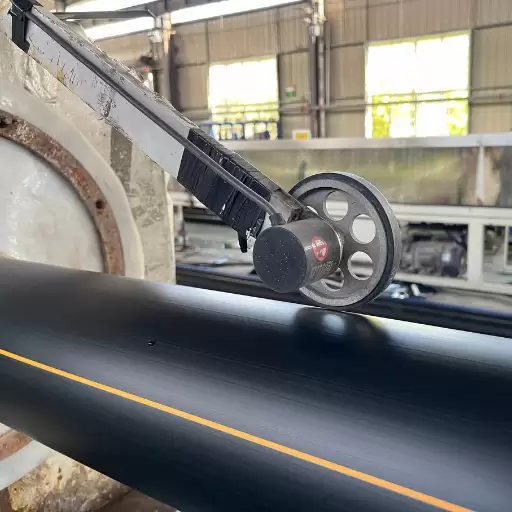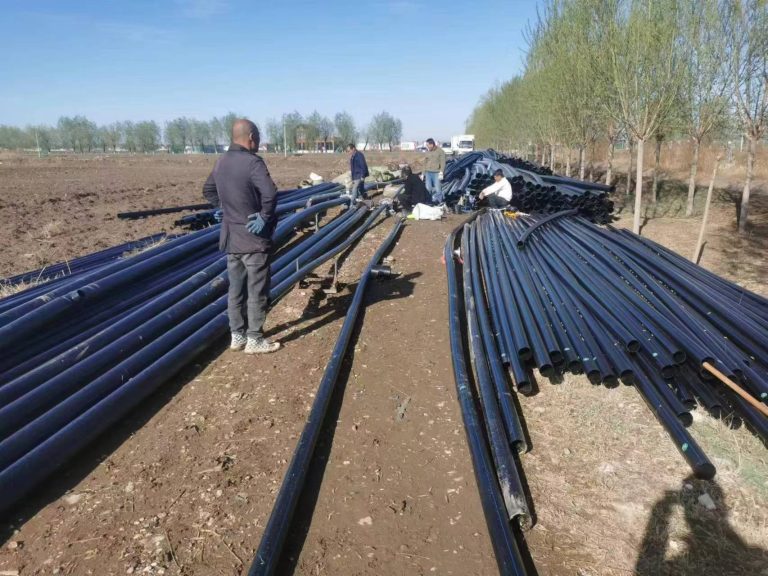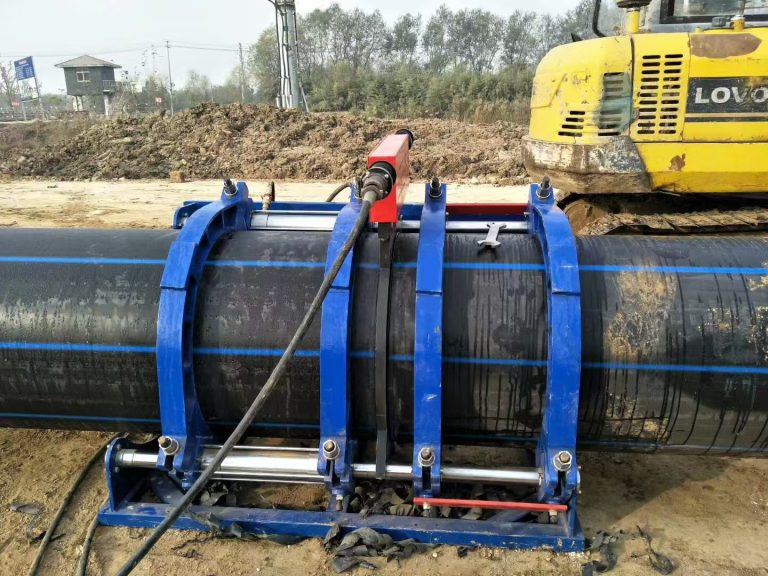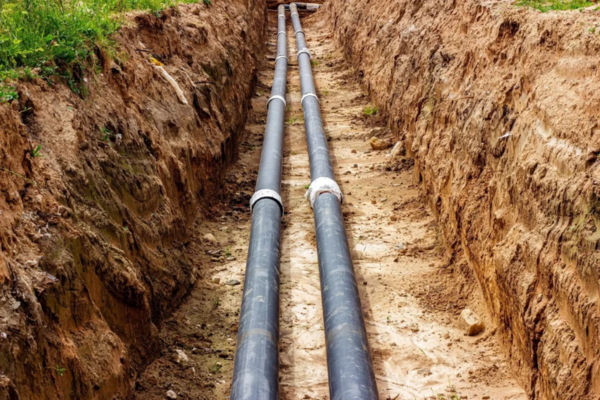Butt Fusion Coupler
Home » HDPE Pipe Fittings » HDPE Butt Fusion Fittings » Butt Fusion Coupler
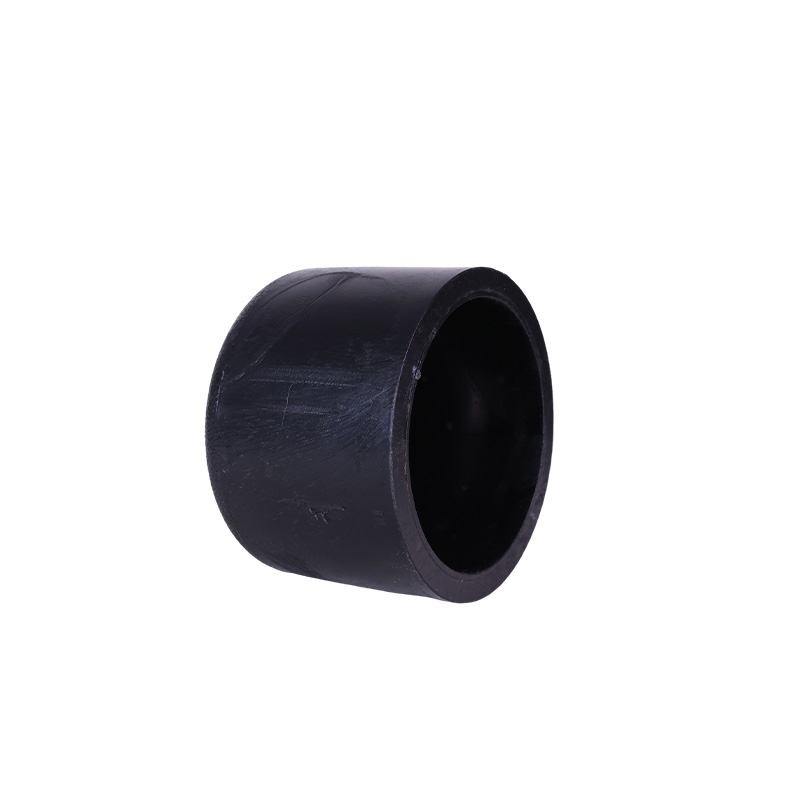
Butt Fusion Coupler Advantage
- The advantage of Butt Fusion Coupler is their ability to create a strong and leak-free joint between two pipes. This is because when the butt fusion process is used, it involves joining them together without any gaps or weak points where leaks can easily occur.
- Butt fusion does not require any fittings or mechanical fasteners, thereby reducing the cost and complexity of installation. This makes it ideal for large-scale pipe installations where efficiency and cost-effectiveness are important determining factors
- Another advantage of butt fusion joints is that they can be customized. In this regard, OEMs can provide butt fusion joints with personalized colors, making it easier for contractors and engineers to identify and distinguish during installation and maintenance.
Technical Notes
- Proper alignment of the pipes is also crucial to ensure the integrity of the joint and to prevent issues such as misalignment or stress concentrations that could lead to failures over time.
- Butt fusion couplers are designed to create a strong, leak-proof joint between two sections of pipe. The process involves heating the ends of the pipes and then pressing them together to allow them to fuse.
- Key factors to consider during installation include ensuring the pipes are clean and free of contaminants, maintaining proper temperature and pressure during the fusion process, and allowing adequate cooling time to achieve maximum strength.
Standards & Certs
When discussing butt fusion couplers, several standards and certifications are essential to ensure quality and performance.
- ISO 9001 which specifies testing methods for the properties of butt-fusion welded joints.
- Proper heat input during the welding process is crucial. Recommended values typically range from 200°C to 230°C.
- Couplers must be compatible with a range of pipe sizes, usually from 20mm up to 1,200mm in diameter, depending on the manufacturer’s specifications.
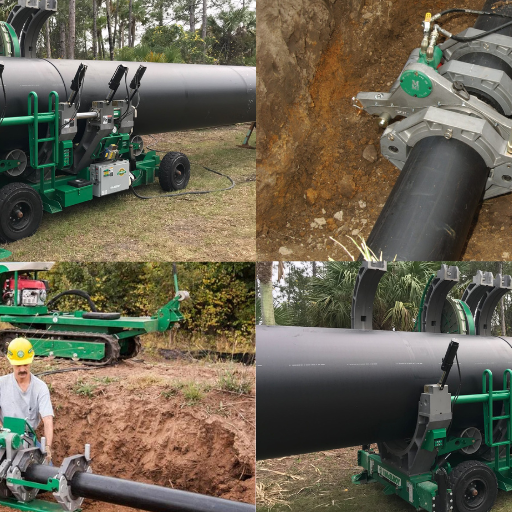
Application Areas of Butt Fusion Coupler
Butt fusion couplers are used a lot in different industries for conveying fluids because they are strong and reliable.
- Water Distribution: These are commonly used in the municipal water distribution network. The joint strength should be not be less than 95% of the pipe material thus assuring it is long-lasting and can maintain the required pressure of water.
- Natural Gas Distribution: In gas infrastructure, the heating input parameters (200°C to 230°C) are important in creating safe joints that can withstand changes in pressure levels thereby ensuring security.
- Sewage and Wastewater Management: Extensive cooling time of at least thirty minutes is critical in sewage systems to avoid leaks thus maintaining environmental safety.
- Industrial Applications: HDPE couplings made from PE 3408 or PE 4710 compliant high-density polyethylene materials resistant to chemical degradation, are used by industries dealing with corrosive substances.
- Agricultural Irrigation: These can be used in various irrigation systems where water efficiency and crop yield are improved since they come compatible with diameter sizes ranging from twenty millimeters through one thousand two hundred millimeters.
By relying on these parameters and sticking to relevant standards, butt fusion coupling remains indispensable for many applications under high demand requiring both safety and effectiveness.
Application Areas of Butt Fusion Performance
| Specification | Description |
|---|---|
| Material | Typically made from polyethylene (PE), polypropylene (PP), or polyvinyl chloride (PVC) |
| Pipe Diameter Range | Available for pipes ranging from 20mm to 1200mm |
| Operating Temperatures | Effective in temperatures from -40°C to 60°C |
| Pressure Rating | Capable of withstanding pressures up to 16 bar |
| Fusion Time | Approximately 1 to 5 minutes, depending on pipe size and thickness |
| Joint Strength | Comparable to the strength of the pipe itself |
| Compatible Pipe Standards | Meets ASTM, ISO, and other industry standards |
| Typical Applications | Water supply, gas distribution, sewage systems, industrial applications |
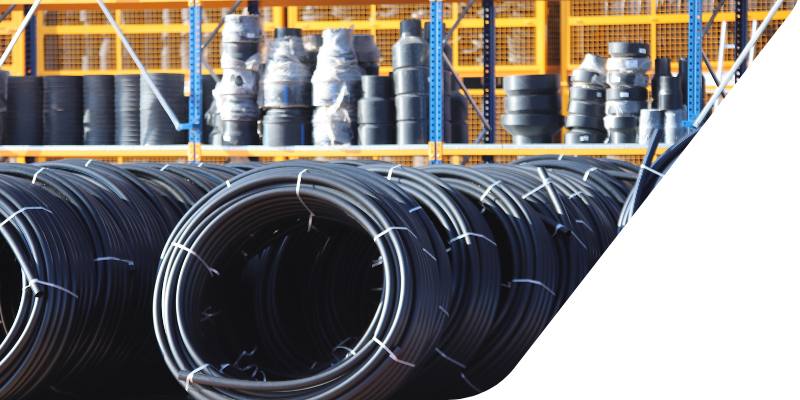
Butt fusion couplers are an integral part of joining pipes in a wide range of industries. This method is widely used due to its efficiency, durability and cost-effectiveness. In this comprehensive guide, we will explore the process of butt fusion and understand why it is the preferred choice for joining pipes.
Butt Fusion Coupler Performance Introduction
| Application Area | Description | Specification Requirements |
|---|---|---|
| Water Supply Systems | Used for potable water distribution networks to ensure safe and efficient transport. | Joint strength, material standards compliant with PE 3408 or PE 4710. |
| Wastewater Management | Suitable for sewer systems and treatment plants, providing a secure method for sewage transport. | Must meet pressure ratings suitable for wastewater conditions. |
| Natural Gas Distribution | Ideal for gas line installations, ensuring leak-proof joints for safe gas transport. | Temperature and pressure ratings must comply with industry standards. |
| Irrigation Systems | Used in agricultural settings for reliable irrigation, facilitating efficient water conveyance. | Material compatibility with various soil types and water quality. |
| Industrial Piping | Applicable in various industries for transporting chemicals and other fluids in a safe manner. | Resistance to chemical corrosion based on the fluid being transported. |
| Fire Protection Systems | Essential for fire hydrant systems to transport water quickly and safely in case of emergencies. | Must conform to specific pressure and flow requirements for firefighting. |
The Question
Common FAQ
Discover detailed information on Butt Fusion Coupler. Feel free to contact us with any questions.
Q: What is an HDPE Butt Fusion Coupler?
A: An HDPE Butt Fusion Coupler is an essential component used to join two segments of HDPE pipes together using a heat fusion process. The coupling ensures a durable and leak-proof connection.
Q: What are the main advantages of using HDPE Butt Fusion Couplers?
A: The primary advantages include a strong, permanent joint as strong as or more potent than the pipe itself, resistance to corrosion and chemicals, and the ability to create leak-proof systems.
Q: How do HDPE Butt Fusion Couplers differ from electrofusion fittings?
A: While both are used to join HDPE pipes, butt fusion couplings are welded by heating the pipe ends and the coupler itself simultaneously before joining them, whereas electrofusion fittings use an embedded heating element to melt the interface between the fitting and the pipe.
Q: What are the technical specifications to consider for HDPE Butt Fusion Couplers?
A: Key specifications include the coupler’s compatibility with pipe sizes, material grade (such as PE100), pressure ratings like PN16, and compliance with standards such as ISO. Details of HDPE butt fusion specifications will often also highlight life expectancy and supply various sizes of HDPE butt options.
Q: What types of applications are HDPE Butt Fusion Couplers suitable for?
A: These couplers are mainly used in HDPE applications, including water supply, gas distribution, industrial and mining operations, and sewage systems due to their reliable and high-quality joining capabilities.
Q: Are HDPE Butt Fusion Couplers available in various sizes?
A: Yes, HDPE Butt Fusion Couplers are available in a wide range of sizes to match different pipe diameters, ensuring versatility in various applications. They can be selected for comparison based on specific project needs.
Q: Can HDPE Butt Fusion Couplers be used with other types of pipe fittings?
A: Yes, HDPE Butt Fusion Couplers can be used in conjunction with various other HDPE fittings such as equal tees, reducing tees, butt fusion reducers, flanges, and stub ends to build a comprehensive piping system.
Q: What materials are typically used in manufacturing HDPE Butt Fusion Couplers?
A: These couplers are typically made from high-quality PE80 or PE100 raw materials, ensuring durability, reliability, and a long lifespan under various operating conditions.
Q: How can I ensure the quality of HDPE Butt Fusion Couplers?
A: Look for couplers that are ISO certified, made from PE100 raw material, and come with a warranty or supplier guarantee. High-quality HDPE fittings are often tested to meet rigorous standards and ensure reliability.
Q: Where can I find more information or purchase HDPE Butt Fusion Couplers?
A: For more details or to purchase, you can contact us or visit specialized suppliers offering high-quality HDPE pipe fittings and related products.


